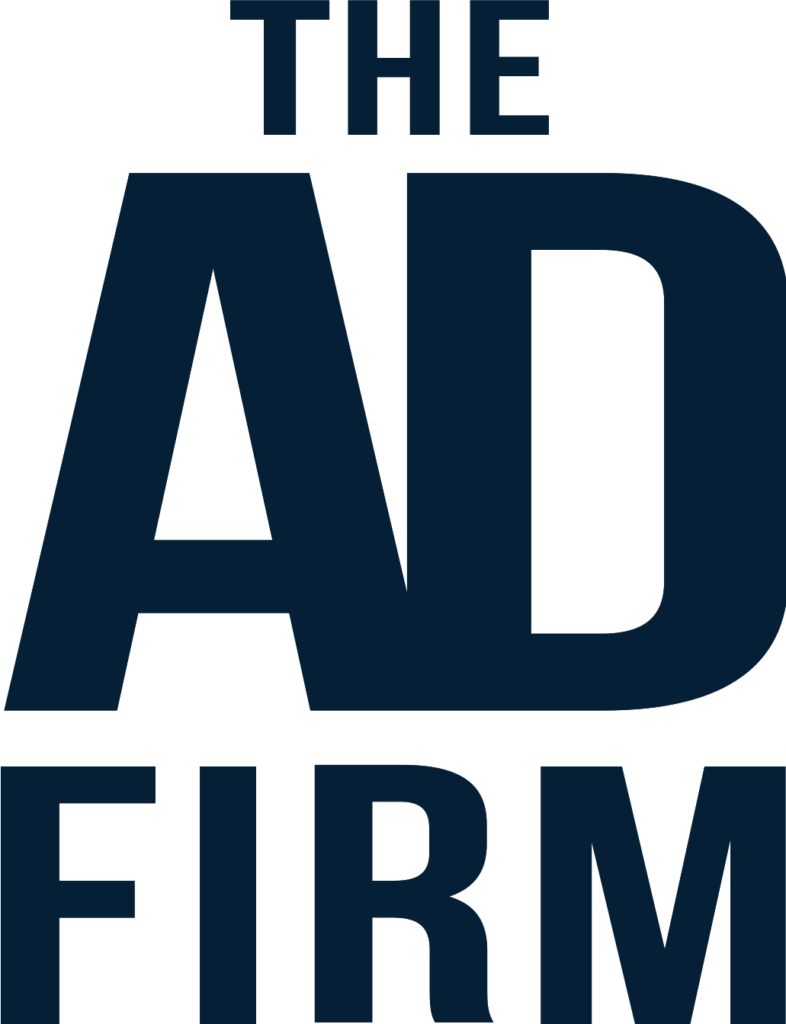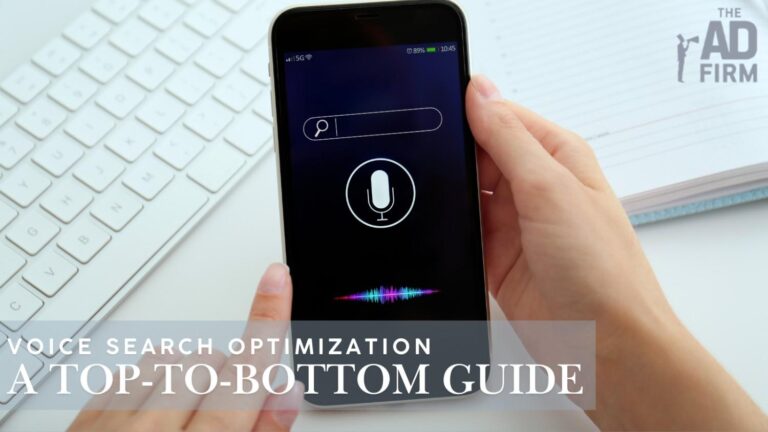Creating engaging and relevant website content is not just beneficial but is closely tied to user trust and website retention.
This not only enhances user experience but also significantly influences a website’s visibility and traffic through search engine ranking algorithms.
With online attention spans shortening, the importance of concise and compelling content becomes paramount, ensuring users stay engaged during their brief visits to web pages.
Importance of Website Content
Engaging website content is essential for user satisfaction and retention. According to a 2023 study by HubSpot, 78% of internet users are more likely to trust and stay on a website that provides valuable content, underscoring the role of high-quality content in enhancing user experience and influencing search engine rankings.
Purpose of Effective Website Content
Effective website content functions as a virtual storefront, conveying a brand’s identity and value proposition. A 2024 report from Nielsen Norman Group underscores the significance of concise and compelling content, given users’ brief attention spans (10-20 seconds), contributing to enhanced user journeys, higher conversion rates, and increased customer satisfaction.
Targeting Audience
Meeting the specific needs of a target audience is crucial in website content creation, with 62% of consumers expecting personalized content from brands (Statista). This underscores the effectiveness of tailored content in building deeper connections, fostering engagement, and aligning with the success stories of brands employing personalized content strategies in the current digital landscape.
Prior to creating website content, defining your target audience is essential. Utilize demographic data and analytics tools to identify ideal user characteristics, enabling tailored content that resonates with specific interests.
Identifying User Needs and Preferences
Thoroughly analyzing user needs and preferences is crucial for crafting content that resonates with your audience. Utilize surveys, feedback analysis, and website analytics to understand user behavior, allowing you to provide solutions aligned with their expectations.
Tailoring Content to Your Audience
Adapting content to match audience preferences includes using visuals if your audience responds well to them. Regularly refining content based on user interactions ensures it stays relevant, fostering a strong connection with your target audience.
Setting Clear Objectives
Setting clear objectives for website content involves defining specific goals, such as increasing brand awareness through storytelling and showcasing values or generating leads with downloadable resources and engaging forms to capture user information.
Whether you are a digital marketing agency aiming to elevate brand visibility or an e-commerce platform focused on driving conversions, clearly articulated objectives guide your content creation strategy, aligning it with broader business goals and ensuring a cohesive online presence.
Defining Key Messages
Defining key messages ensures a consistent and impactful communication strategy, fostering a strong brand identity. For instance, if a software company’s key message is “Simplify Your Workflow,” all content, from blog posts to product descriptions, should reinforce this message, allowing users to associate specific messages with the brand.
Establishing a content strategy involves planning the creation, publication, and promotion of diverse content formats, such as blog posts, videos, and social media posts, to engage a broad audience.
Basic Principles of Website Writing
When writing website content, consider your target audience, keeping the language clear and engaging. Prioritize concise information to capture and maintain visitors’ attention, such as:
Clarity and Conciseness
Creating clear and concise content, such as online product descriptions that highlight key features without unnecessary jargon, ensures universal understanding. Avoiding complexity in sentences and unnecessary details not only fosters a positive user experience but also sustains engagement.
Use of Headings and Subheadings
Utilizing headings and subheadings enhances the organization and readability of your content. For instance, in a blog post about healthy living, clear headings like “Nutritious Recipes” or “Effective Workout Routines” make it easy for users to navigate and find the information they’re interested in. This improves user- experience and aids search engines in understanding the content structure.
Incorporating Keywords for SEO
Strategically incorporating relevant keywords into your content is vital for SEO for your business, optimizing it for higher search engine rankings. For instance, in a travel blog about hiking in the Alps, integrating keywords like “Alps hiking trails” is crucial for visibility, striking a balance that makes your content attractive to search engines and meaningful to your audience.
Structuring Your Content
What are the contents of your content? Structured content provides you with easy categorization, tagging, and retrieval. It’s crucial in improving readability, enhancing search engine optimization (SEO), efficient content management, and adaptability for various platforms and devices.
Introduce an Engaging Introduction
The introduction is the gateway to your content, requiring a compelling opening through engaging storytelling, a thought-provoking question, or a surprising fact. Clearly stating the content’s purpose provides a roadmap, aiding users in understanding what to expect from the rest of the material.
State the Main Body Well
Effectively organizing information in the main body ensures a seamless flow and aids user comprehension, utilizing bullet points and lists for digestibility. Incorporating visuals like images and videos enhances engagement, providing a multi-dimensional experience for the audience.
Conclude your Conclusion Well
The conclusion is crucial for leaving a lasting impression, and it summarizes key points to reinforce takeaways. Encouraging action, like prompting users to subscribe or share, transforms passive readers into engaged participants, contributing to a more dynamic user experience.
Optimizing for SEO
How can you maximize the use of SEO in your content? Optimizing for SEO is a comprehensive approach that involves various strategies.
Importance of SEO in Website Content
SEO is crucial for making your content visible to those searching for relevant information, increasing the chances of appearing at the top of search results. For example, hiring a reputable SEO company ensures expert guidance in optimizing a blog about healthy recipes for SEO, ensuring it ranks higher when users search for terms like “quick and healthy dinner ideas.”
Keyword Research and Integration
Keyword research involves identifying commonly used search terms related to your content using tools like Google Keyword Planner. Once identified, seamlessly integrate these keywords into your content for improved SEO.
For instance, in a blog about smartphone photography, include keywords like “best smartphone camera settings” or “photo composition with a phone” to enhance visibility.
Meta Tags and Descriptions
Keyword research entails identifying common search terms using tools like Google Keyword Planner and seamlessly integrating them into your content for improved SEO. For example, in a blog about smartphone photography, incorporating keywords like “best smartphone camera settings” enhances visibility in search results.
Writing Engaging Content
How can you make your website content more engaging for your audience? Engaging content is crucial in a website because it’s the main dish that you present to the table (readers). Here’s how engaging content goes:
Using a Conversational Tone
Writing in a conversational tone helps connect with your audience on a personal level. Instead of formal language, use words like “you” and “we” to create a friendly atmosphere. For instance, a fitness blog might say, “Are you struggling to stay active? Let’s explore some fun workout routines together.”
Telling Stories and Providing Examples
Humans are naturally drawn to stories, so incorporating anecdotes or real-life examples into your content can make it more engaging.
For a travel blog, instead of simply listing attractions, share a personal experience like, “Last summer, I hiked through the lush valleys of the Swiss Alps – a journey filled with breathtaking views and unexpected encounters.”
Encouraging User Interaction
Encouraging users to interact with your content fosters a sense of community. End your blog post with a question, prompting readers to share their thoughts in the comments. For an e-commerce site, encourage users to leave reviews and share their experiences with the product, creating a dynamic and participatory environment.
Importance of Editing and Proofreading
Why is editing and proofreading your website content crucial? Writing is not enough to have engaging website content that drives traffic. A final polish proofread is the final step of your masterpiece. Here’s how:
Checking for Grammar and Spelling
Errors in grammar and spelling can undermine the professionalism of your website. For instance, a business website with typos in product descriptions may give the impression of carelessness. Regular proofreading ensures a polished appearance, instilling confidence in your audience.
Ensuring Consistency
Consistency in language, style, and formatting across your website contributes to a cohesive and professional brand image, enhancing the overall reading experience, while inconsistencies can distract visitors and diminish the credibility of your content.
Getting Feedback
Seeking feedback from colleagues or target audience members provides valuable perspectives on your content, uncovering blind spots, identifying unclear sections, and highlighting areas for improvement. For instance, feedback on a website’s call-to-action can refine the message and enhance user engagement, ensuring the effectiveness of your content.
Importance of Mobile-Friendly Content
Mobile-friendly content is essential, with over 50% of global website traffic coming from mobile devices in 2023 (Statista). Prioritizing mobile-friendliness ensures a positive user experience, lower bounce rates, and improved search engine rankings, avoiding missed opportunities for engagement and conversions among the growing mobile user demographic.
Formatting for Various Devices
Formatting for various devices is crucial for a seamless user experience; use responsive design principles like fluid grids and flexible images to adapt content for smartphones, tablets, and desktops. Google’s mobile-friendly test tool helps identify and address formatting issues, ensuring your content functions well across diverse devices.
Testing and Optimization
Regular testing and optimization are essential to address mobile responsiveness issues; tools like Google PageSpeed Insights offer insights and suggestions for improvement. Optimization efforts, including image compression and code minification, enhance mobile responsiveness, ensuring a positive user experience.
Relevance of Call to Action (CTA)
It encourages user interaction by prompting readers to engage actively with your content. For instance, a blog post on cooking might conclude with a call to action like, “Share your favorite recipe in the comments below,” fostering a sense of community and participation.
Creating Effective CTAs
Creating effective calls to action (CTAs) requires clarity and motivation. Instead of a generic “Learn More,” a persuasive CTA for a fitness website could be, “Start your fitness journey today – click here to access personalized workout plans,” providing a clear directive and value proposition.
Placing CTAs Strategically
Placing CTAs strategically involves positioning them where users are most likely to notice and respond. On an e-commerce site, a well-placed CTA like “Shop Now” directly below a product description can guide users seamlessly towards making a purchase, optimizing the user journey and conversion opportunities.
Monitor Analytics and Iteration
Monitoring website analytics through tools like Google Analytics helps identify top-performing content and understand user preferences. For instance, a high bounce rate may trigger optimization efforts for better user retention.
Gathering User Feedback
Gathering user feedback, whether through surveys, comments, or social media polls, provides valuable insights into audience preferences. Analyzing this feedback guides content adjustments, aligning better with user expectations and enhancing overall satisfaction.
Continuous improvement uses analytics and user feedback to refine content strategy over time. Regular updates and optimizations based on performance data ensure ongoing relevance and effectiveness, addressing any outdated content to maintain its value for readers.
Importance of Quality and Adaptive Website Content
Having a website that caters to the diverse preferences of your audience is crucial in today’s digital world.
Engaging content can capture your audience’s attention and build trust. Integrating analytics and user feedback into a continuous improvement loop ensures your website stays relevant and valuable over time.









